Grilling isn’t just for meat-lovers anymore. This guide is designed for home cooks and BBQ enthusiasts of all skill levels seeking to master vegetable grilling. Whether you're a beginner adding veggies to your grill menu or an experienced chef refining techniques, you'll discover actionable methods to achieve perfect char and flavor every time.
Table of Contents
- Why Grill Veggies Anyway?
- The Science Behind Perfectly Grilled Veggies
- Top 10 Veggies That Rock the Grill
- Pro Tips for Grilling Veggies Like a Boss
- Spice It Up: Flavor Combinations to Try
- Common Grilling Mistakes (and How to Avoid Them)
- Summary
Why Grill Veggies Anyway?
Grilled vegetables offer flavor depth unmatched by steaming or roasting. The magic comes from two key elements:
- Maillard Reaction: The golden-brown crust creates complex flavor compounds through amino acid-sugar interactions.
- Smoky Char: Controlled charring adds aromatic complexity while preserving nutritional integrity when executed properly.
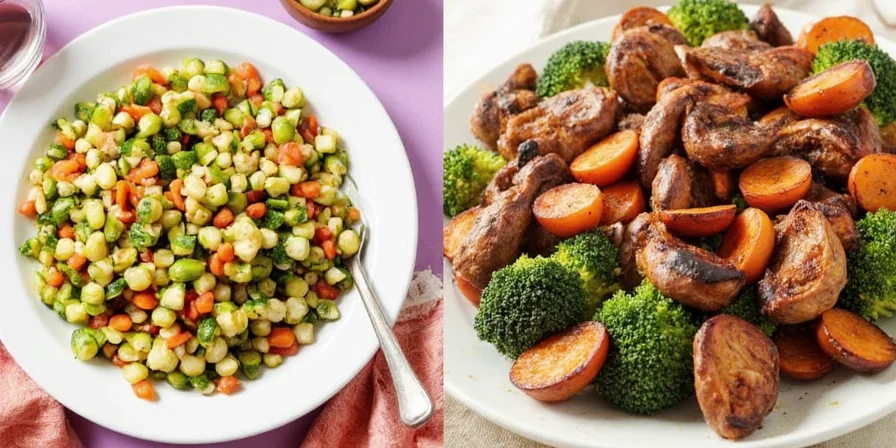
The Science Behind Perfectly Grilled Veggies
Understanding vegetable composition transforms grilling from guesswork to precision. High-sugar vegetables like carrots and bell peppers caramelize rapidly at 320°F (160°C), creating sweet char notes. Meanwhile, high-moisture vegetables like zucchini require precise timing—grill until water evaporates (visible as reduced steaming) to achieve optimal texture. This biochemical approach explains why some vegetables excel on the grill while others fail, allowing you to adjust techniques based on scientific principles rather than trial-and-error.
Top 10 Veggies That Rock the Grill
Vegetable performance depends on structural integrity and sugar content. Our ranking prioritizes charring consistency and flavor enhancement potential.
| Veggie | Texture | Charring Potential | Flavor Absorption | Grilling Difficulty |
|---|---|---|---|---|
| Zucchini | Smooth | High | High | Easy |
| Eggplant | Spongy | Moderate | Very High | Moderate |
| Portobello Mushrooms | Fleshy | Medium | High | Easy |
| Asparagus | Tender | High | Medium | Easy |
| Red Bell Peppers | Crisp | Very High | Medium | Easy |
| Okra | Slippery | Medium | Medium | Moderate |
| Carrots | Firm | Low-Medium | Low | Moderate |
| Onions | Layered | High | High | Easy |
| Tomatoes | Juicy | Low | Medium | Hard |
| Sweet Corn | Crunchy | High | Low | Easy |


Pro Tips for Grilling Veggies Like a Boss
Master these evidence-based techniques for consistent results:
- Preheat Strategically – Heat grill to 400-450°F (204-232°C) for 15 minutes. Test readiness with the "hand test": 2-3 seconds of tolerable heat indicates proper temperature.
- Oil Application Science – Use high-smoke point oils (avocado, grapeseed) applied via brush rather than spray for even coating without flare-ups.
- Skewer Geometry – Cut uniform 1.5-inch cubes for even cooking. Soak wooden skewers 30 minutes to prevent burning.
- Grill Zone Management – Maintain two temperature zones: direct heat for searing (450°F+), indirect for finishing (300-350°F).
- Flip Timing Precision – Wait until edges pull away from grates naturally (typically 3-5 minutes) before rotating 90 degrees for cross-hatch marks.
- Foil Packet Engineering – For delicate items, use double-layered foil with 1/4" oil layer to create steam while preventing moisture loss.
- Resting Protocol – Allow 5 minutes tented with foil; internal temperature continues rising 5-10°F during carryover cooking.
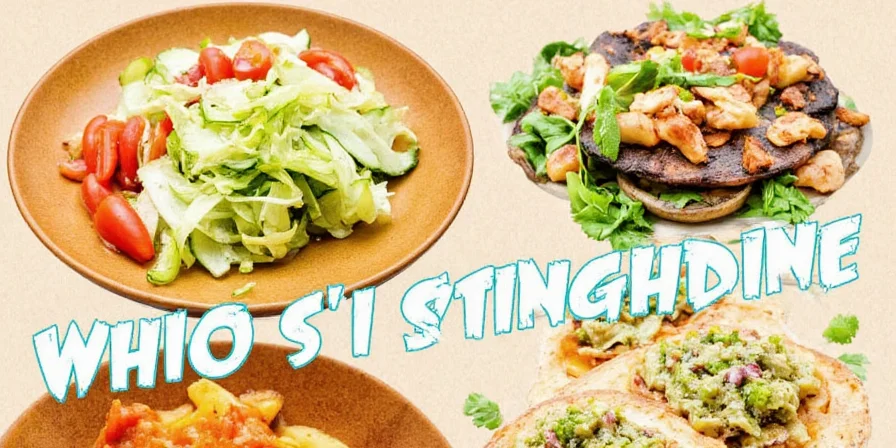
Spice It Up: Flavor Combinations to Try
Maximize flavor through chemical interactions between spices and grilled compounds:
Classic Mediterranean Blend
- Olive oil (base carrier)
- Lemon zest (acid activates Maillard products)
- Oregano (thymol enhances savory notes)
- Garlic powder (stable allicin precursor)
- Sea salt (draws out moisture for better charring)
Fiery Southwestern Kick
- Chili powder (capsaicin binds to charred surfaces)
- Cumin (pyrazines complement smoky compounds)
- Lime juice (citric acid cuts through richness)
- Smoked paprika (adds pre-charred compounds)
- Cayenne pepper (delayed heat sensation)
Asian Fusion Twist
- Sesame oil (toasted notes amplify char)
- Ginger powder (zingiberene reacts with sugars)
- Soy sauce (umami glutamates enhance depth)
- Scallions (sulfur compounds activate at high heat)
- Toasted sesame seeds (textural contrast)
Simple & Sophisticated
- Extra virgin olive oil
- Freshly cracked black pepper (piperine releases slowly)
- Coarse sea salt
- Rosemary sprigs (directly on grill for aromatic smoke infusion)
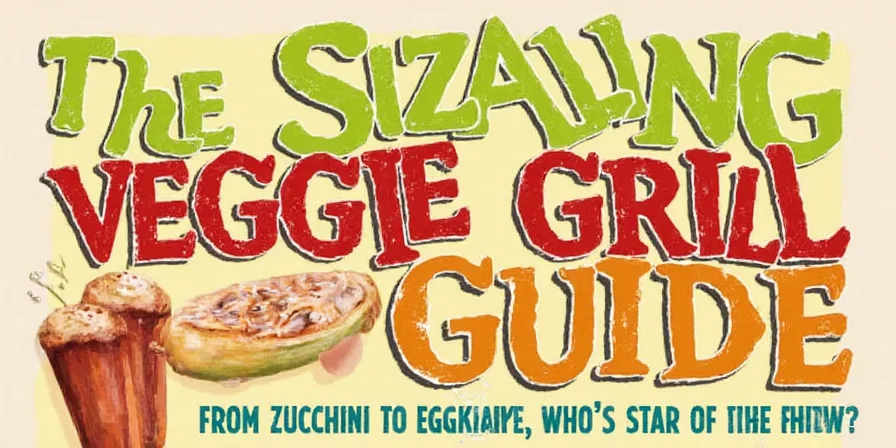
Common Grilling Mistakes (and How to Avoid Them)
Avoid these scientifically-proven pitfalls:
1. Excessive Oil Application
Over-oiling causes flare-ups that burn surfaces before internal cooking completes. Apply oil sparingly using a silicone brush for controlled distribution.
2. Inconsistent Sizing
Uneven pieces cook at different rates due to variable surface-area-to-volume ratios. Use a mandoline for precise 1/2-inch thickness.
3. Single-Zone Grilling
Without temperature zones, delicate vegetables burn while dense ones remain undercooked. Always create dual-heat areas on gas or charcoal grills.
4. Leafy Green Mismanagement
Raw greens wilt instantly. Toss sturdy greens (kale, chard) in oil first, then grill 60-90 seconds max. Avoid delicate greens like spinach entirely.
5. Citrus Timing Errors
Adding acid too early inhibits Maillard reaction. Always apply citrus after grilling to brighten finished flavors.
6. Forgetting Sweetness
Add maple syrup, honey, or balsamic vinegar during the last few minutes of grilling to caramelize and intensify flavors.
Summary
Mastering vegetable grilling requires understanding biochemical reactions alongside technique. Select vegetables based on structural properties, apply precise temperature control, and leverage flavor chemistry for optimal results. The key is balancing moisture management with controlled charring to transform simple produce into complex culinary creations.
- Choose vegetables matching your grill's heat capabilities
- Implement dual-zone temperature management
- Time acid and sweet additions strategically
- Respect carryover cooking during resting
Frequently Asked Questions
How do I prevent vegetables from sticking to the grill?
Preheat grates to 400°F+, clean thoroughly with a brass brush, then oil using a folded paper towel held with tongs. For high-moisture vegetables like zucchini, ensure surfaces are patted completely dry before oiling.
Can I grill frozen vegetables?
No. Frozen vegetables release excessive moisture during grilling, causing steaming instead of charring. Always thaw completely and pat dry with paper towels for optimal results.
What's the ideal internal temperature for grilled vegetables?
Vegetables don't require specific internal temperatures like meats. Focus on visual cues: golden-brown char marks, slightly softened texture, and reduced steaming indicating moisture evaporation.
How long should I let vegetables rest after grilling?
Rest for 5 minutes tented with foil. This allows residual heat to complete cooking while redistributing moisture, enhancing both texture and flavor intensity.
Which vegetables should never be grilled?
Avoid watery vegetables with thin skins like cucumbers and lettuce. They lack structural integrity for grilling and will disintegrate. Stick to vegetables with higher density and sugar content.
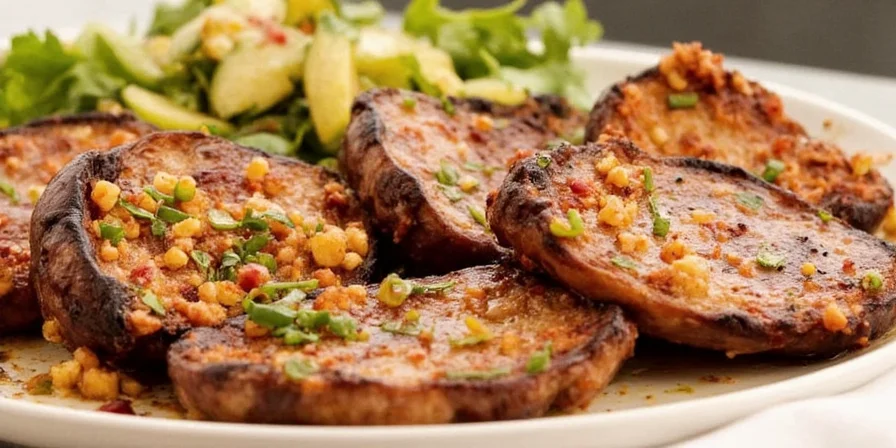

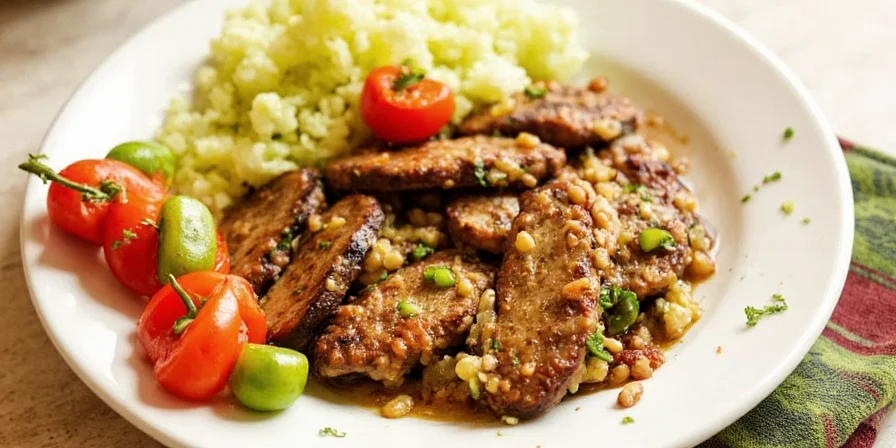









 浙公网安备
33010002000092号
浙公网安备
33010002000092号 浙B2-20120091-4
浙B2-20120091-4